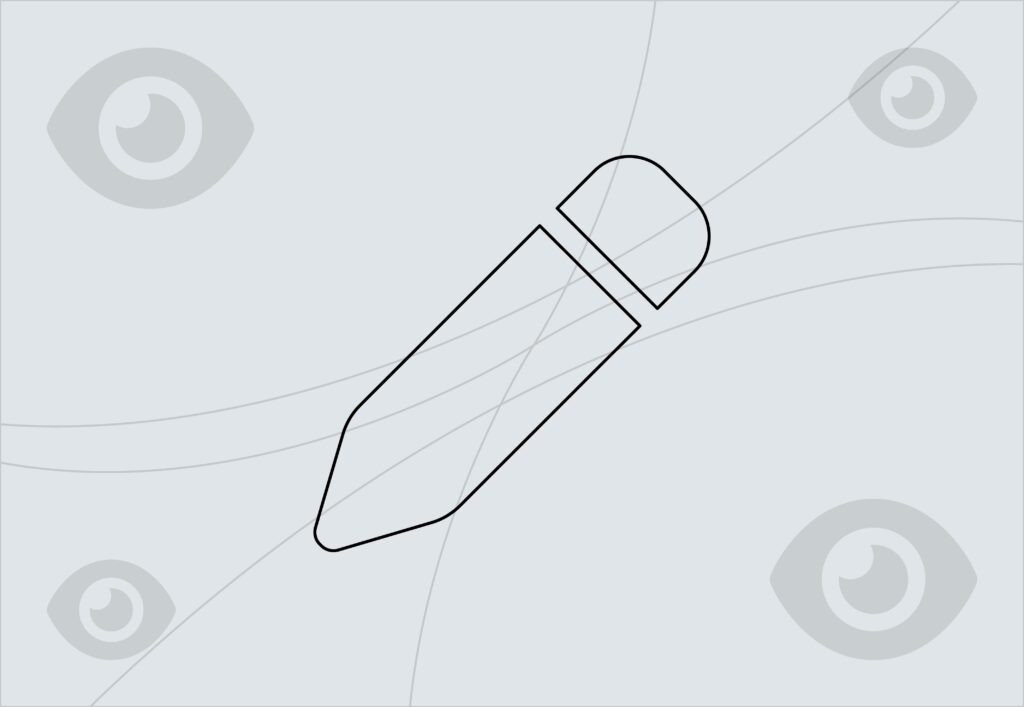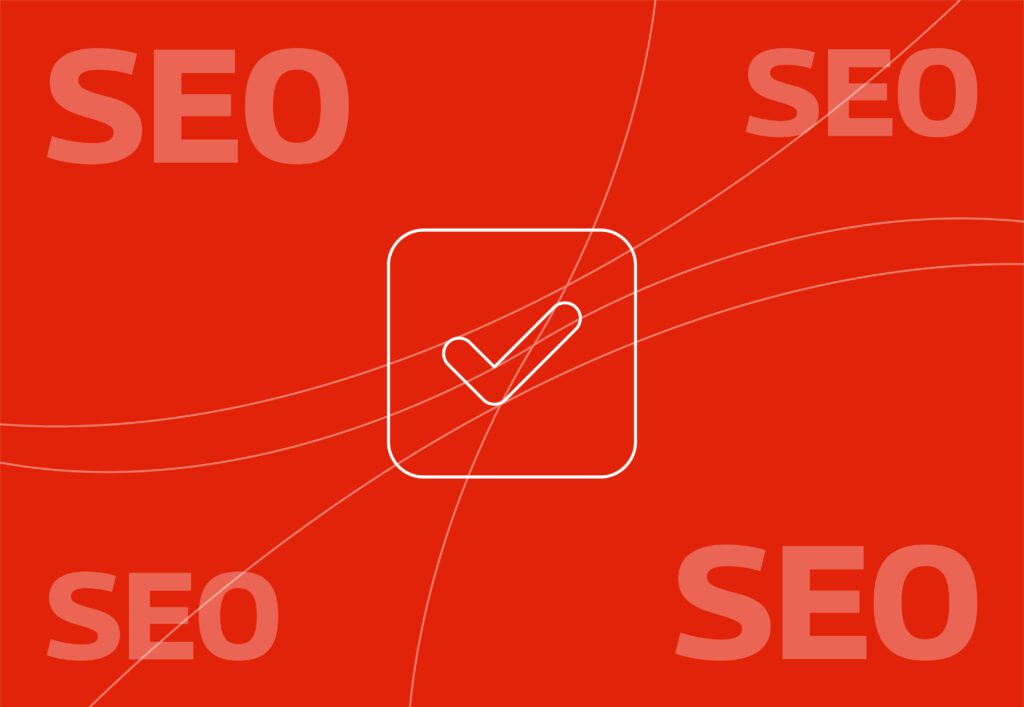
PPC strategy for lighting brands that want more sales, not just clicks

Paid media is the most straightforward way to gain exposure for your lighting brand, but clicks do not always translate into sales. Wasting your ad spend on traffic that doesn’t convert is one of the largest issues within the paid media space.
Clicks don’t keep the lights on (sorry, I couldn’t resist), sales do. A solid PPC strategy must attract users who are intent on buying, not just those who want to browse. Too many people focus on the vanity of click-through rates, or impressions. Although useful, they do not generate sales.
What really matters to these companies is their return on ad spend (ROAS), are you making more money than your ad spend?
Throughout this blog, we’ll cover how to create a strategic approach which is tailored to lighting brands with a focus around generating not just more clicks, but also sales. This means focusing on targeting, sharper messaging and landing pages built to convert users.
Why lighting brands struggle with PPC…

1. High competition
If you’re bidding on keywords like “ceiling lights” or “LED downlights”, guess what? So are all of your competitors. It’s simply too broad and too competitive and in today’s age, it’s not how people search. Especially, when they’re intent on buying.
When everyone begins using these generic keywords, it increases the competitiveness of them which in turn drives up the cost-per-click (CPC). Simply throwing a budget at these keywords will not cut it. You need precision, relevance and a strong offering if you want to stand out and create profit.
2. B2C & B2B audience overlaps
One of the trickiest areas to navigate when selling lighting online is that you’re often speaking to two very different audiences at the same time:
1. A homeowner looking for a single light for their living room
2. Contractors or designers sourcing bulk orders for commercial sites
These groups have different needs and budgets, but many PPC strategies treat them as one.
Without segmentation, your budget will be diluted between the two and the risk of showcasing a DIY-focused ad to an architect increases exponentially.
- Tip: try splitting campaigns or landing pages by your audience segments to serve more tailored messaging and user experiences to relevant audiences.
3. Generic ads, no differentiation, no offering
Search for lighting ads and we guarantee you’ll see the same generic ads that include these phrases:
- “Shop our full range”
- “Unique lighting for every room”
- “Quality lights at great prices”
The issue with this? It does not highlight why your brand is better, faster, easier, more trustworthy.
In a saturated market, bland ads will blend in. We need to shine a light on our brand (sorry again) with our USPs. Maybe it’s fast shipping, expert support, or custom options.
Even with the best campaign structure, it does not guarantee you sales, it’s not about just being seen, but also showcasing why they should choose you.
Get clear on commercial intent
Before we start to consider writing ads or building landing pages, we need to ensure we are bidding on the correct keywords. That means we have to understand search intent – specifically, who is researching and who is ready to buy. A simple marketing funnel.
Informational keywords are top-of-funnel. These users are looking for inspiration and education. Think: “How to choose pendant lighting”, “Kitchen lighting ideas”
Commercial keywords show buying intent. These people know what they want. For example: “Dimmable downlights for bathrooms”, “Buy black modern pendant LED lights”
If we are running search campaigns, commercial keywords are our money-makers. They’re likely to lead to conversions, and not someone who bounces off the page within 30 seconds.
Keyword strategy basics:
- Use exact keywords for search terms we know convert well and will bring in high-intent users
- Maximise the use of broad matches alongside automated bidding strategies to drive the best results from Google’s AI bidding.
- Utilise negative keywords. They can be your best friend, review search terms weekly and block anything that signals very low or no intent. They can now also be used on Performance Max – a huge win for PPC marketers!
Build high-converting landing pages
When it comes to shopping online, people like to be spoon fed. You could have the most perfectly targeted ads in the world – but if they drop onto a category page, or worse, the homepage, you’re asking the user to do all the work. And in my experience, they won’t.
Users want answers, not more questions. We need to create the easiest path to ‘add to cart’ (or requesting a quote). Every click should land on a page that’s built to convert – not just look good.
So what makes a good landing page?
- Trust signals: reviews, warranties, shipping details. Remove any doubt
- Product USPs: what makes this special compared to everything else? Are they dimmable? Energy saving? Easy to install?
- Strong CTAs: don’t just ask them to buy now, utilise offers or wording that connotes savings: “shop now with 15% off” or “get your unique trade price”
- Visual context: if we are using shopping ads or images on the page, let’s show the lighting in real spaces – not just against a white background. People want to imagine it in their own project. Give them the space to have imagination.
Want to try something technical? If you’re running multiple ad groups (e.g. one for downlights, one for chandeliers), try using page feeds within your ads account to give a range of landing pages to the campaign. These can be utilised within Dynamic Search or PMAX.
- Tip: Have you tried showing before and after the installation of the lights? Let your images do the selling for you.
Structure your campaigns for scale

If your current structure within Google Ads is one messy ‘Lighting’ campaign with 300 keywords in one ad group and two generic ads… you may want to pay attention.
Good PPC isn’t always about picking the correct keywords – it can be about organising the account in such a way that is scalable, optimisable and profitable. A clear structure can help you test, track and optimise with a lot less guesswork.
Build from the ground up
Brand vs Non-Brand:
Keep your brand terms separate. They’ll perform differently (and by that I mean a lot better) than your non-branded terms. We do not want these to over-inflate our actual data, this makes reporting very difficult when trying to understand the full story.
B2B vs B2C:
If you’re planning on appealing to both trade and traditional consumers, split the campaigns. Trade customers search for bulk orders, SKUs or even spec sheets. Consumers are much more design focussed.
By Product Type:
- Try not to group everything into one ad group. Split your categories like:
- Chandeliers
- LED Strips
- Downlights
- Outdoor lighting
This allows for more control over your ad copy, relevant landing pages and distribution of budget.
- Tip: If you’re struggling to create a plan, it is sometimes much easier to follow your own website structure for your campaigns and ad groups.
Using the STAG (Single Theme Ad Groups)
Forget SKAGs (single keyword ad groups) – they’re far too narrow in 2025. STAGs, let you group closely themed keywords (e.g. “bathroom downlights” and “LED downlights for bathrooms”) under one tightly written ad set. We simply cannot rely on the same terms being searched over and over. We have to expand our horizons and cast a light on new search terms (I’ll show myself out for that one)
- Fact: approximately 15% of all Google searches daily are new queries that have never been searched before.
What about Performance Max?
We must use it carefully, it can work very well through AI – but only if:
- Your product feed is complete and well-optimised
- You have enough conversion data to guide smart bidding
- You’re prepared to lose granular control over your targeting, placements and keywords
For most lighting brands, especially those in their early stages, manual shopping can still offer more transparency and control.
- You can:
- See exactly which search terms are triggering easily
- Adjust bids by product or margin
- Keep your placements within the shopping carousel
Write ads that sell, not just attract clicks
So why do a lot of lighting ads get clicks, but very few get sales?
Simply, because most of them sound the same. They’re bland, generic and focussed on features rather than benefits. If your ad isn’t giving the user a reason to pick you over your competitors, then you’re paying for traffic that doesn’t buy.
Here’s some examples of how to write ads that drive action, not just interest:
Benefits over features
❌ “LED Downlights – Shop Now”
✔️ “ Save 40% on Energy Saving LED Downlights”
Do you see the vision? We aren’t just describing the product, we are showing that you can save money. Other incentives may also be: longer life, better ambience, easy installation.
Adding urgency
Adding deadlines to your ads brings that sense of urgency and needing to act quickly. A ticking clock works.
- Here’s some examples:
- “Summer Sale – Ends Friday”
- “Free Delivery This Week Only”
- “Trade Orders Close Sunday”
Giving people the motivation to act now can turn a casual click into an intent one.
Using assets (extensions)
Writing a single ad and hoping for the best isn’t exactly the best practice. We want to use the ad assets (formerly known as extensions) in order to make the listings larger, more useful and more clickable.
- Here’s some of our favourites to use:
- Sitelinks: drive users to more relevant pages
- Callouts: allow people to see your offerings (e.g. “free shipping”, “bulk discounts”)
- Structures Snippets: show users your categories and what you have to offer (e.g. “pendants”, “spotlights”, “downlights”)
These can help improve your CTRs!
Test Test Test!
Don’t assume you know what will work. Test your headlines, descriptions and the pinning of these. Let the performance guide you. Make use of A/B testing.
Don’t be afraid to test your landing pages too.
Mention what shoppers care about
Delivery options, warranty length, customer service. These are all areas that build trust between you and your customer. They’re often left out but they help build your brand.
Remarketing
Most users won’t buy the first time they visit your site – even if they are in the market for lighting. Users browse, compare and get distracted by the odd video of a cat. That’s why remarketing should be utilised. It is one of the highest ROI tools in the toolkit.
If someone has viewed a product or even better, added it to their cart. Don’t like that intent just disappear and perhaps let them slip to a competitor. Use remarketing to bring them back – but do it strategically.
Using search-based remarketing
Remarketing lists for search ads (RLSA) let you target past visitors as they search again on Google. These are people that know the brand, so reminding them of your presence is perfect. This is a subtle but highly targeted method of remarketing.
Using Performance Max
If you’re using Performance Max, we have to be sure we are feeding it the correct audience signals.
- Remember: Performance Max audiences are not set in stone, you are only giving it a loose guide to the users you want to target.
- The type of audiences we want to upload are:
- Website visitors
- Cart abandoners
- Product viewers
- Past purchasers
This will help us give Google’s AI prioritise the best users, even across Search, Youtube, Gmail and other placements.
Urgency & incentives
The beauty of remarketing is you know these people are brand aware and perhaps just need that extra push.
- A lot of users are offered extra incentives to come back and commit to their purchase. Such as:
- Discounts / Offers
- Free shipping
- Free items (like accessories)
A small incentive can make a big difference in bringing users back through the funnel.
Think of remarketing not as chasing the user – but reminding them of your presence. If it is well executed, it pays off.
Track what actually drives sales
If your PPC strategy does not include solid conversion tracking, you’re flying blind and it is highly likely that you’re optimising towards the wrong signals.
Lighting isn’t a product that people buy quickly, we need to understand the journey of the purchase. Customers will browse multiple sites, compare specs, styles and take days (or sometimes weeks) to make their decision.
You need tracking that captures the full store – not just where they last clicked.
Google Ads tracking:
The first step is to get tracking working properly within Google Ads.
- At a minimum, we should be tracking:
- Completed purchase
- Add to cart (secondary)
- Quote form submissions (more so for B2B)
Purchase conversions should have values attached – so we can optimise our campaigns towards profit, not just traffic.
Advanced tracking
For more advanced tracking, we should consider using the global site tag (GTAG). This allows for detailed data collection across the journey, such as:
- Product impressions
- Product clicks
- Cart adds
- Checkout steps
- Purchase confirmation
You see? A much finer look into the journey and we are feeding Google’s AI the best possible data we possibly can.
Not sure where to start? Luckily for you, Embryo’s talented team can help get your GTAG and e-commerce setup live, accurate and aligned with best practice – so your data can fuel real business decisions. No more guesswork!
Final thoughts
As we’ve discussed, too many lighting brands fall into the PPC trap: chase high click-through rates, clicks and impressions through broad terms and pray for conversions. But hope is not a strategy.
If you want to grow your revenue and scale your Google Ads account, your strategy must be air tight.
- Let’s recap what this looks like:
- Bottom funnel keywords: target with commercial intent and filter out any irrelevant terms
- Build landing pages that convert: clear CTAs, trust signals, and lifestyle images
- Structure campaigns smartly: segment by products, intent and audiences. Avoid the trap of reliance on PMAX unless your feed and tracking are bulletproof.
- Write an ad copy that sells: lead with benefits and urgency. Highlight why you are different
- Retarget: utilise your data to retarget to warm traffic. Segment by intent and nudge users back in with incentives.
- Track what matters (and do it well): set up conversion tracking, GTAG ecommerce and import this into Google ads to fuel smart bidding.
What next?
If you’re ready to turn your ads into true sales, book a session with our talented, award-winning team at Embryo to speak about your Google Ads.
Let’s stop paying for clicks and start generating sales.
It’s time to make your ads shine!



